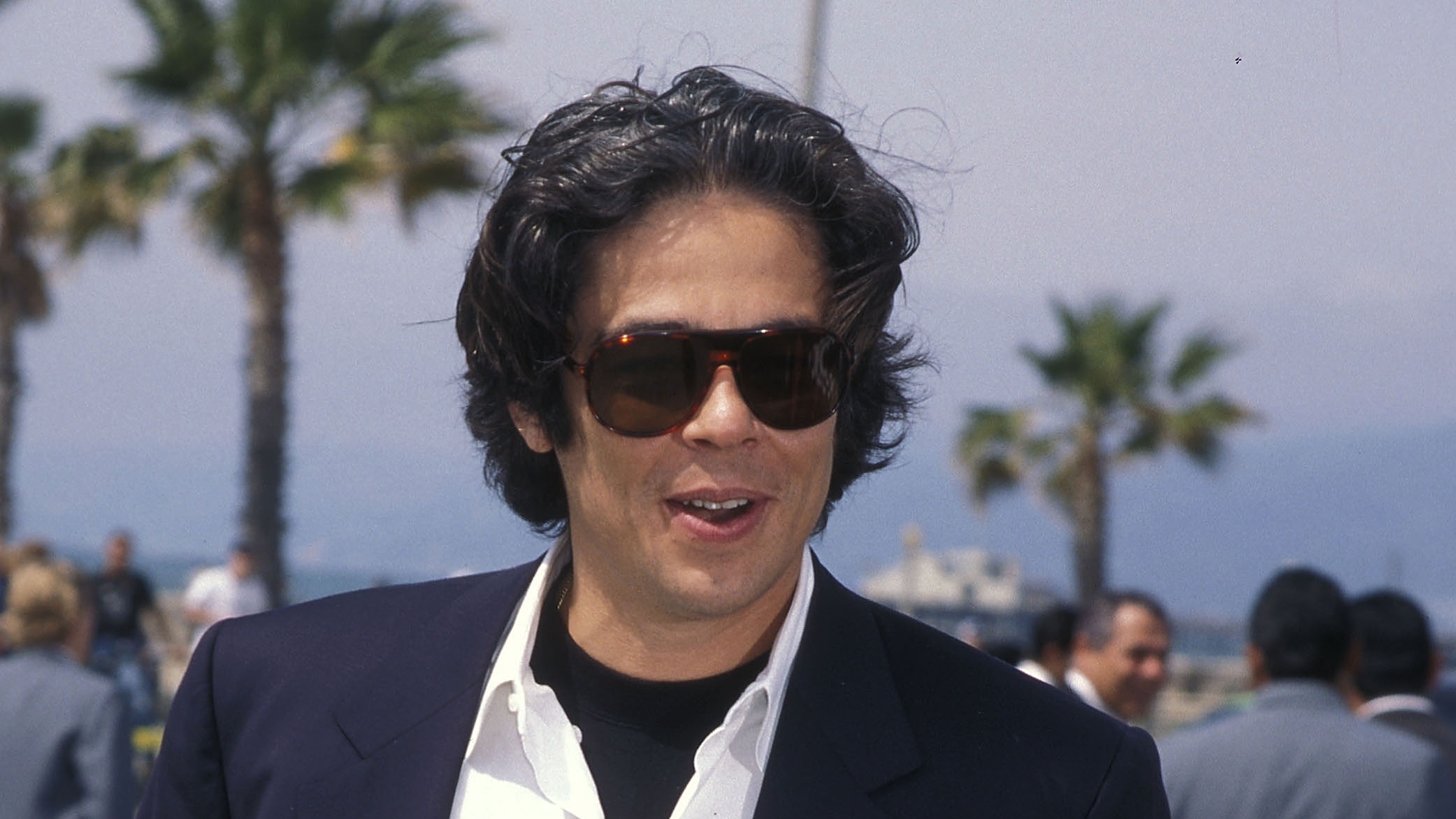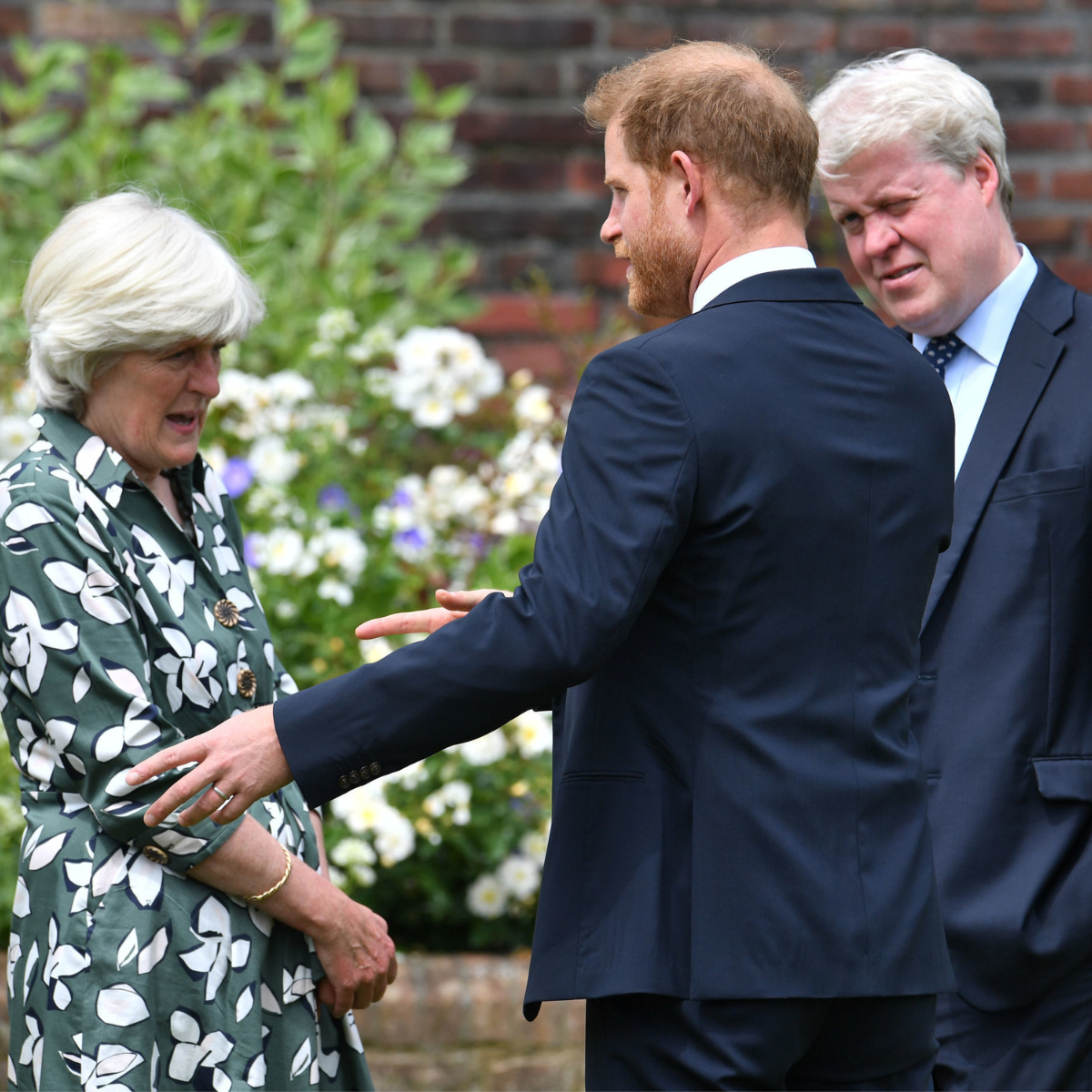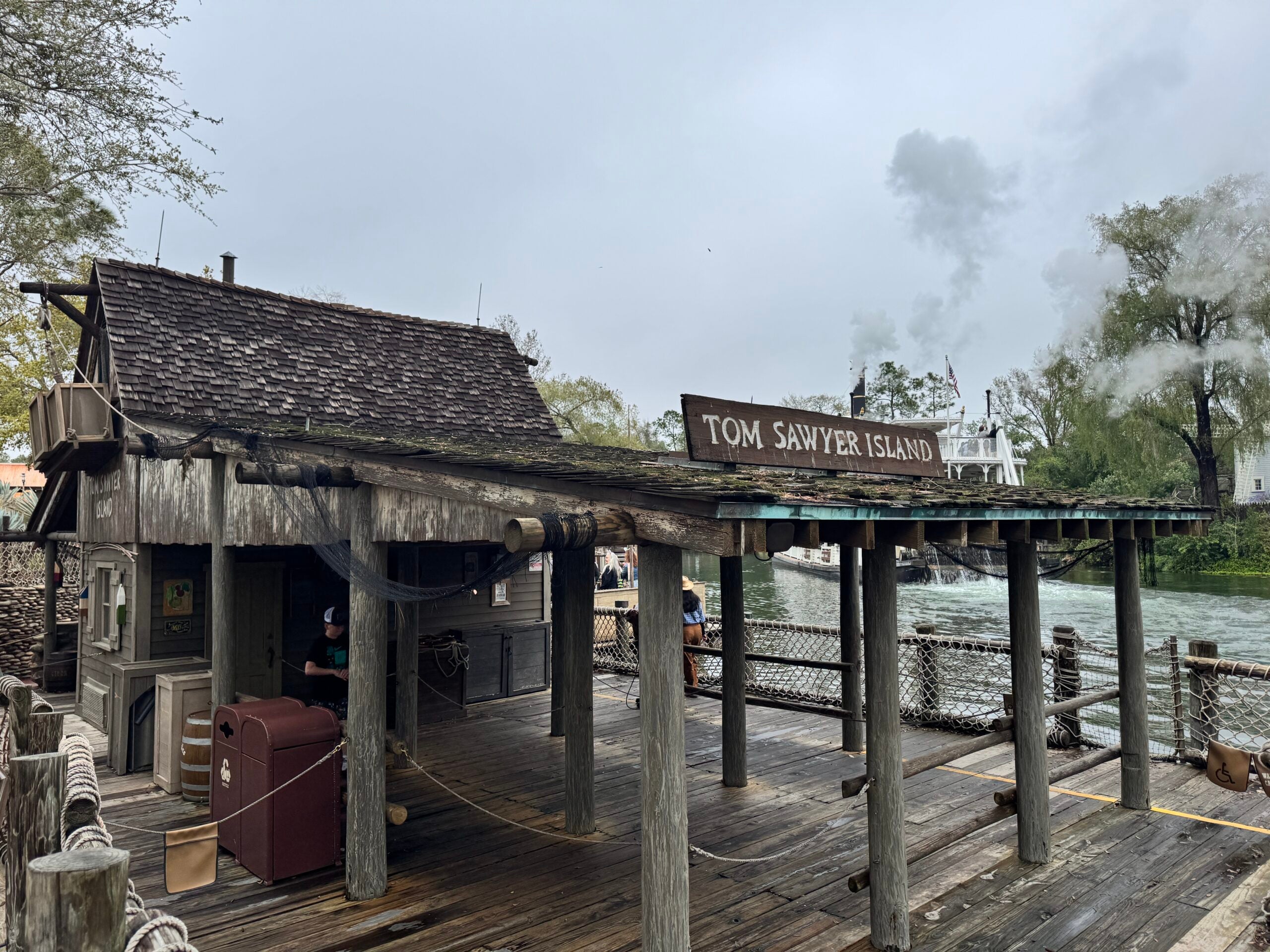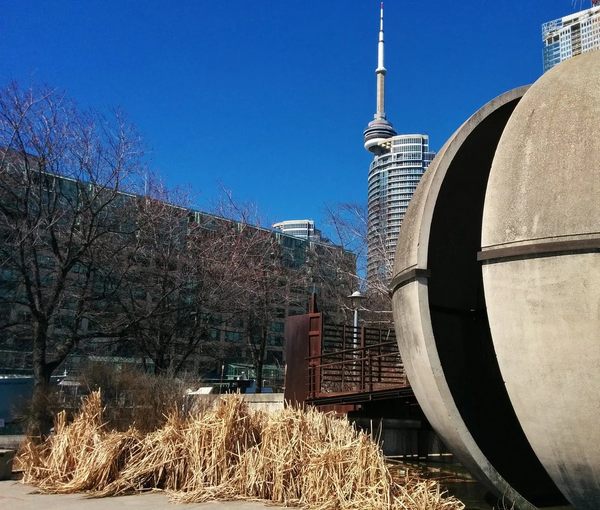Fort Wayne Electric Works in Fort Wayne, Indiana
The site that is now the Electric Works began its history as the Fort Wayne Jenney Electric Light Company, where a pair of brothers with a penchant for invention began manufacturing their patented electrical equipment in the late 19th century. Just before the turn of the century, the plant was bought by General Electric and given the moniker it bears to this day: Fort Wayne Electric Works. With the money of a national brand behind it, the plant expanded with features like the first reinforced concrete building in the city. The next 100 years would see the Electric Works graced by inventors, innovators, and some 40 percent of the entire population of the city. George Jacobs, who revolutionized magnet wire, had his idea while working at the Electric Works. The first refrigerators for residential homes and the first electric garbage disposal also leveraged the Electric Works for vital components. During both World Wars, the Electric Works was the chief manufacturer of airplane components; most impressively, the turbosupercharger that empowered British fighter aircraft found its first footing in the U.S. at the Electric Works. Despite its history and powerful backing, the rust belt that expanded across the United States still ate away at the Electric Works. By the end of the millennium, the factory was already a shell of its former self, and in 2016 it closed its doors for good—or so thought its workers at the time. Within two years, the city had applied for and been granted several tax credits for renewing the decrepit factory into a business center and urban gathering space. In its current form, the Electric Works has business offices, restaurants, and housing living amidst the old materials; it even has its original clock tower.


The site that is now the Electric Works began its history as the Fort Wayne Jenney Electric Light Company, where a pair of brothers with a penchant for invention began manufacturing their patented electrical equipment in the late 19th century. Just before the turn of the century, the plant was bought by General Electric and given the moniker it bears to this day: Fort Wayne Electric Works. With the money of a national brand behind it, the plant expanded with features like the first reinforced concrete building in the city. The next 100 years would see the Electric Works graced by inventors, innovators, and some 40 percent of the entire population of the city.
George Jacobs, who revolutionized magnet wire, had his idea while working at the Electric Works. The first refrigerators for residential homes and the first electric garbage disposal also leveraged the Electric Works for vital components. During both World Wars, the Electric Works was the chief manufacturer of airplane components; most impressively, the turbosupercharger that empowered British fighter aircraft found its first footing in the U.S. at the Electric Works.
Despite its history and powerful backing, the rust belt that expanded across the United States still ate away at the Electric Works. By the end of the millennium, the factory was already a shell of its former self, and in 2016 it closed its doors for good—or so thought its workers at the time. Within two years, the city had applied for and been granted several tax credits for renewing the decrepit factory into a business center and urban gathering space. In its current form, the Electric Works has business offices, restaurants, and housing living amidst the old materials; it even has its original clock tower.



































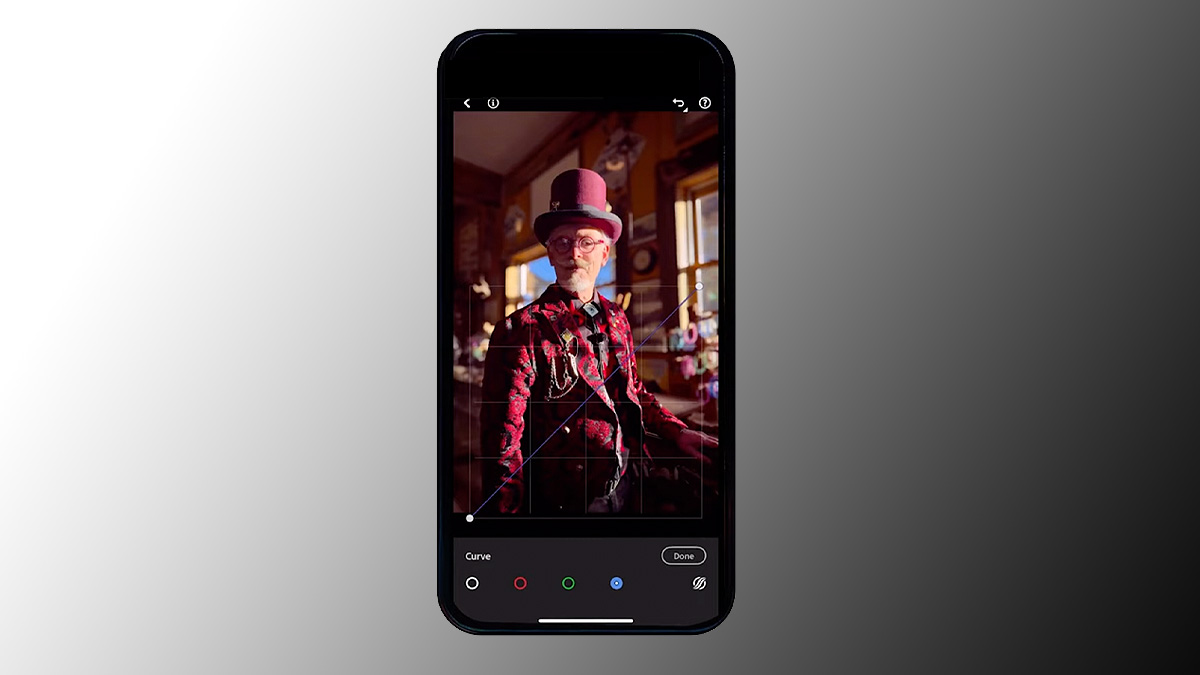




























.png?width=1920&height=1920&fit=bounds&quality=70&format=jpg&auto=webp#)













































































































.jpeg)



%20928-5749.jpg)


